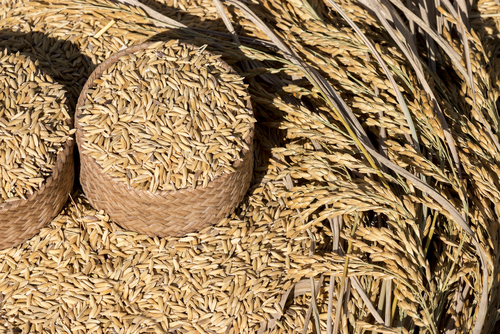How Mobile Technology Is Providing Food Security Data in DRC
In many rural places of the world that have shortages of food, such as the Democratic Republic of Congo (DRC) where one in 10 people do not have enough to eat, the Word Food Programme (WFP) relies on food monitoring systems operated via mobile technology. In the Democratic Republic of Congo, which is the second-largest country in Africa and a land filled with fertile soil and abundant rivers, food insecurity or “the availability and adequate access at all times to sufficient, safe, and nutritious food” remains a concern and a crisis.

The Democratic Republic of Congo has been involved in wars and rebellions for the last 20 years or more. Like countries in similar circumstances, it has had its entire food system disrupted and much of its population displaced. The WFP is using new mobile technology to monitor, and provide, food in these vulnerable communities. It has been using smartphones and voice recognition software to collect food security information on a regular basis since 2014.
Vulnerability Analysis and Mapping (mVAM)
Vulnerability Analysis and Mapping (mVAM) is a project that 15 countries throughout the world have implemented to monitor food security. The first pilot for the program took place in Eastern Democratic Republic of Congo, and its successfully been replicated in Mugunga III, which is a site that hosts more than 4,600 people near Goma. These early mobile data collection projects in DRC will likely be copied in other areas of the province, in the months ahead, and food price collection information will be introduced throughout the nation.
The primary goal of mVAM is to gather data on food access, price, consumption and coping mechanisms (per household level) remotely. This allows the WFP to access food security in a specific zone in a better way, and it lets the organization provide emergency help if possible. Each month, WFP employees Jean-Marie Kaseku and Mireille Hangi call nearly 300 respondents who live in Mugunga II, and they ask them several targeted and specific questions. They want to know exactly how many days out of the last seven they ate protein, fats, and cereals. They inquire about what coping mechanisms they used if they did not have enough food to eat. They hope to find out if individuals had to borrow money to eat, reduce rations so all family members could eat, or decrease daily meal intake.
Remote Data Collection Proves Easier
In countries where infrastructure, like roads, has been damaged, it’s often difficult to know if populations are eating and thriving. Without a means to meet face to face for interviews, remote data collection proves more flexible. This method for gathering data is also more cost effective and quicker. Compare a phone call and technological analysis of data to other methods, such as in-person interviews that cost $20 to $40 per family or transcription of those meetings that might take four to six weeks.
The WFP project is particularly useful in areas of extreme vulnerability and illiteracy. With the mobile food security data collection project, the WFP is able to understand at a more effective level what people need and how to get it to them.


